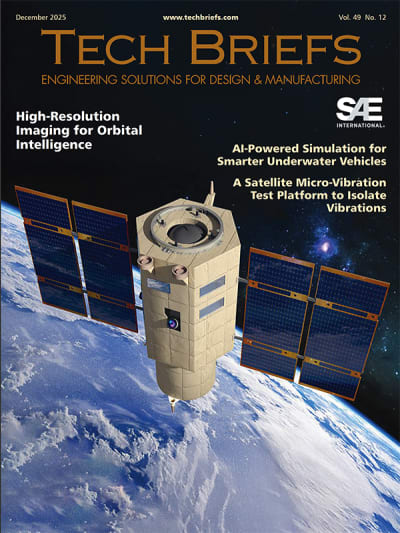Bacterial Sensors Send Electricity as Contaminants Detected
Using living bioelectronic sensors, a team has engineered bacteria to quickly sense and report on the presence of a variety of contaminants. The team programmed cells to identify chemical invaders and report within minutes by releasing a detectable electrical current.
“I think it’s the most complex protein pathway for real-time signaling that has been built to date,” said Jonathan (Joff) Silberg , director of Rice’s Systems, Synthetic and Physical Biology Ph.D. Program. “To put it simply, imagine a wire that directs electrons to flow from a cellular chemical to an electrode, but we’ve broken the wire in the middle. When the target molecule hits, it reconnects and electrifies the full pathway.”
Transcript
00:00:03 a lot of times there are environmental contaminants that are accidentally released and if you could know quickly that they were being released then you could do something about it it can have a really big environmental impact and it's oftentimes accidental so the question is can you sense your contaminants quickly so that you can stop them from having the very
00:00:29 detrimental impacts one of the things we know is that microorganisms basically know what's going on around them in their environment and what we sought to do was to take that and and use those abilities to basically detect contaminants and then we had to do some really clever and hard engineering to convert those signals from chemical signals into
00:00:58 electrical signals with bacteria one thing that's really interesting is cells that are the scale of a micron you know one one millionth of a meter are sensing stuff all the time and when you think about devices we build to sense things these are things you hold in your hand or big instruments on a bench top and so what's really exciting is we've leveraged cells to take their sensing
00:01:20 and communicate that electrically to our devices we're making those bacteria or microorganisms can generate electrical signal so and then you can connect them in a different way that to kind of power this LED light it actually looks almost like a little hockey puck that has that's wired up to essentially a device that measures
00:01:45 current small fast cheap and easy to build we grow the microbes we literally give them sugar and they reproduce our synthetic micro we then encapsulate them in miniature materials that'll allow us to detect the current the cells when they die can give rise to new cells which can still have the same function I will compare it to other things if you wanted to sense many chemicals in a
00:02:09 bayou or in waste water you need a big instrument that will measure many molecules at once what we're trying to do is make miniature microbes that sense chemicals and make an electrical signal so you just grow a bunch of microbes and put them on a device and they read out all these things they're sensing so what's exciting for us is this is the Prototype device that where we show it's
00:02:30 possible but we were able to show its modular too so it can actually sense different chemicals that I very quickly reconfiguring it what's been so powerful about isn't it took it talks many times that the solution didn't come from if it was a biological problem sometimes the answer came from materials engineering and sometimes when
00:02:57 it was a materials problem the answer was a biological engineering approach so it just to me it's how important it is to do cross-disciplinary research and do collaborative research foreign [Music]

